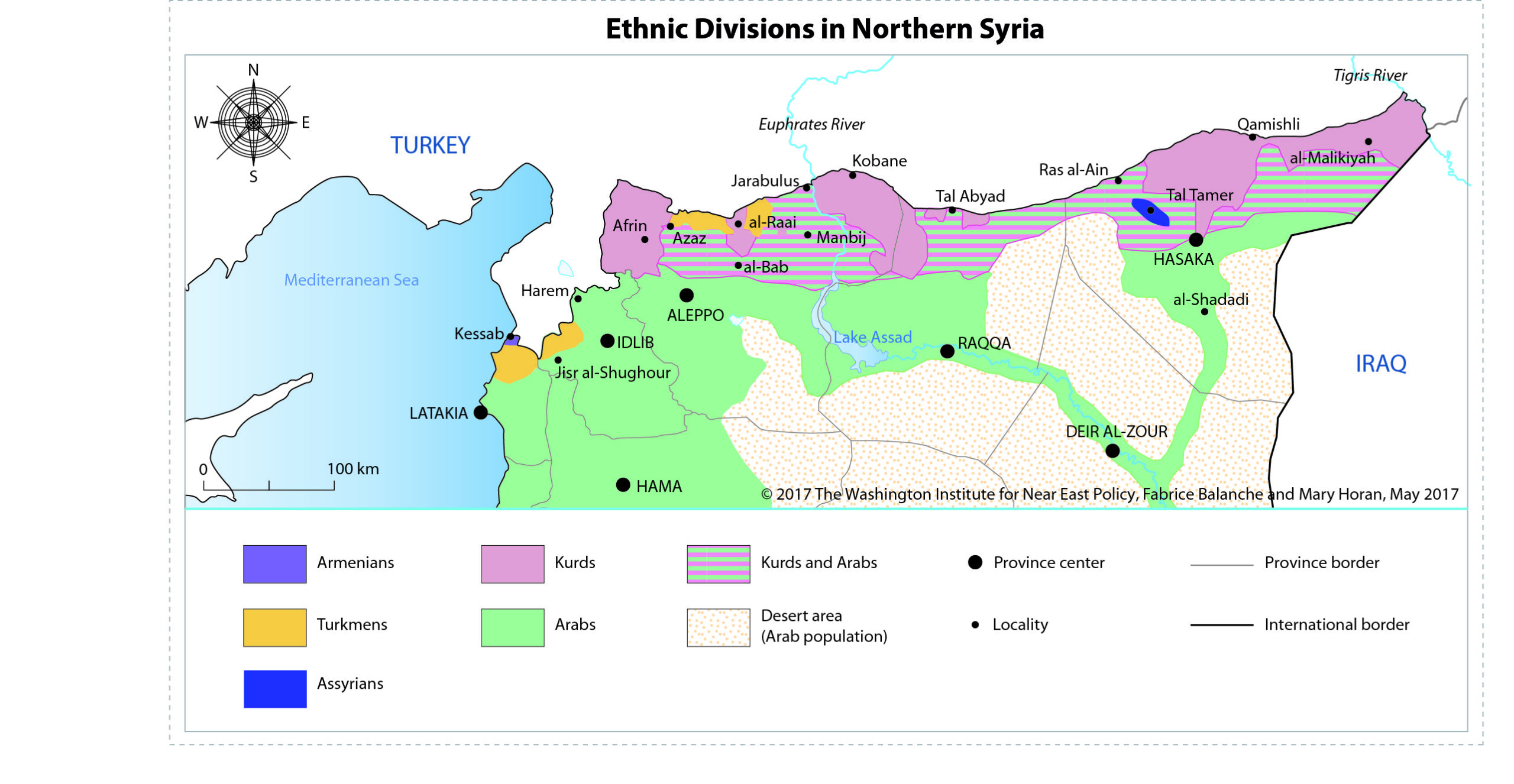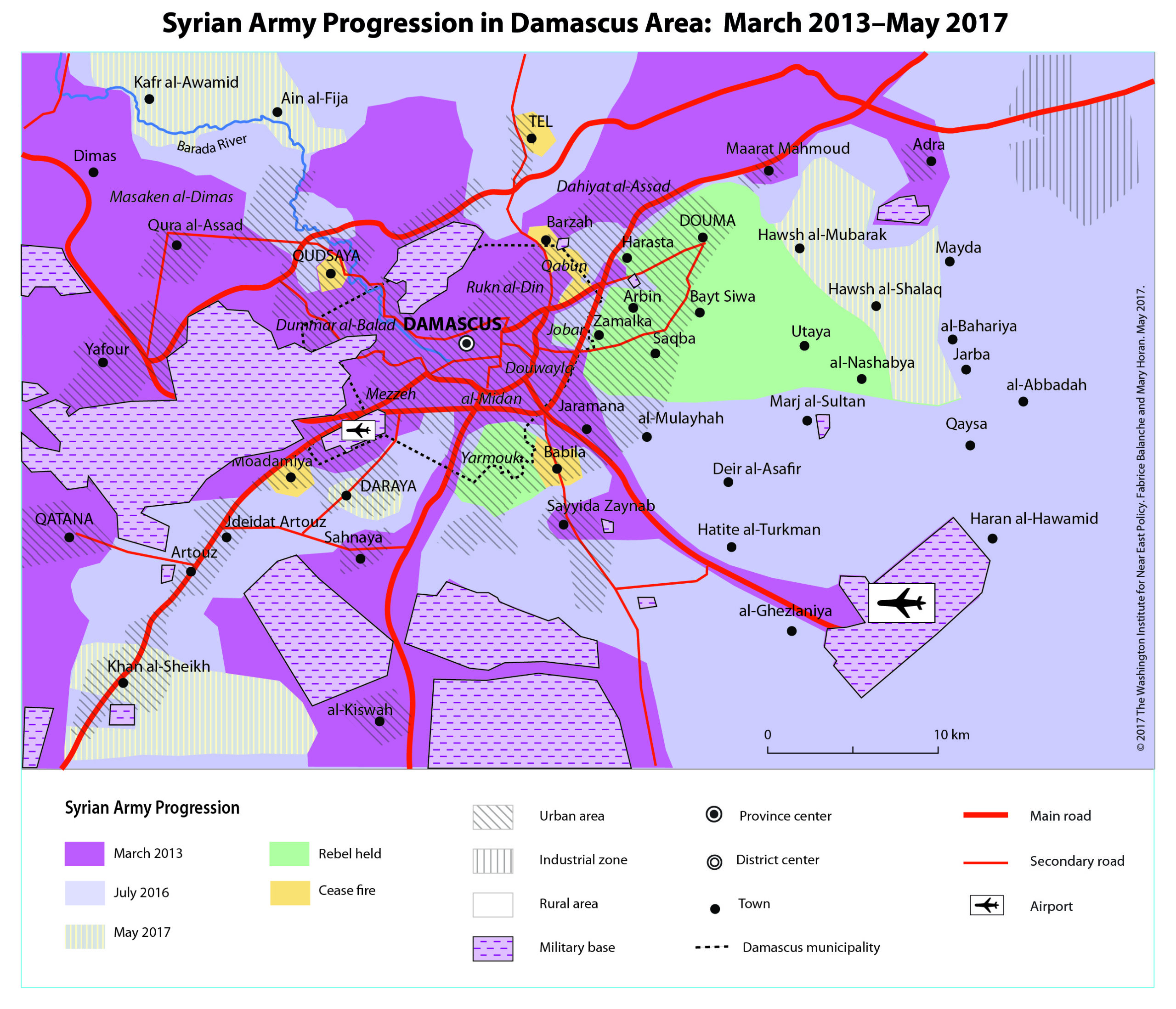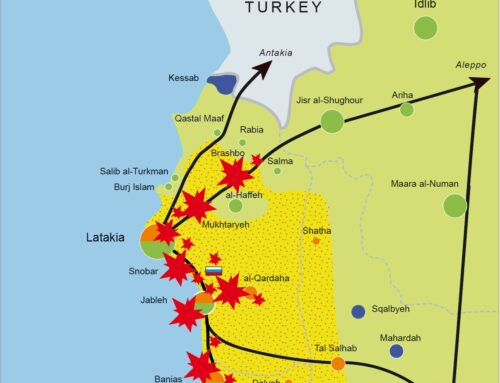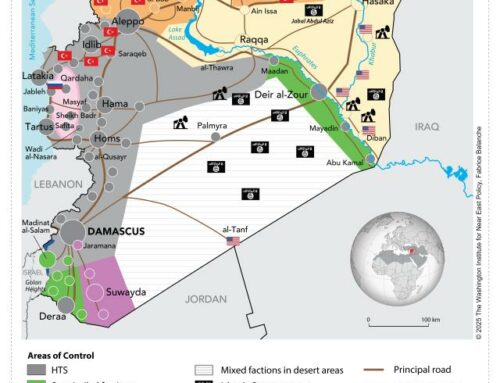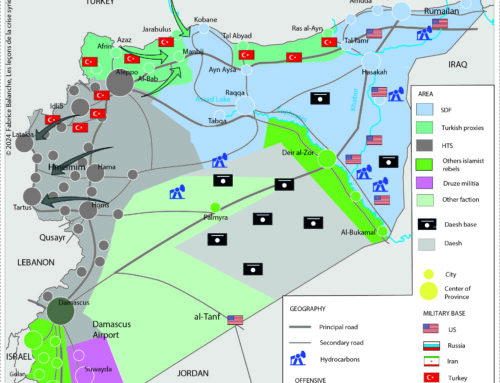This study, illustrated with 70 original maps and graphics, fosters a deeper understanding of the role sectarianism has played in Syria’s war and reassesses the notion that the regime’s divisive efforts singlehandedly transformed the secular and democratic revolution of 2011 into the brutal sectarian conflict of today.
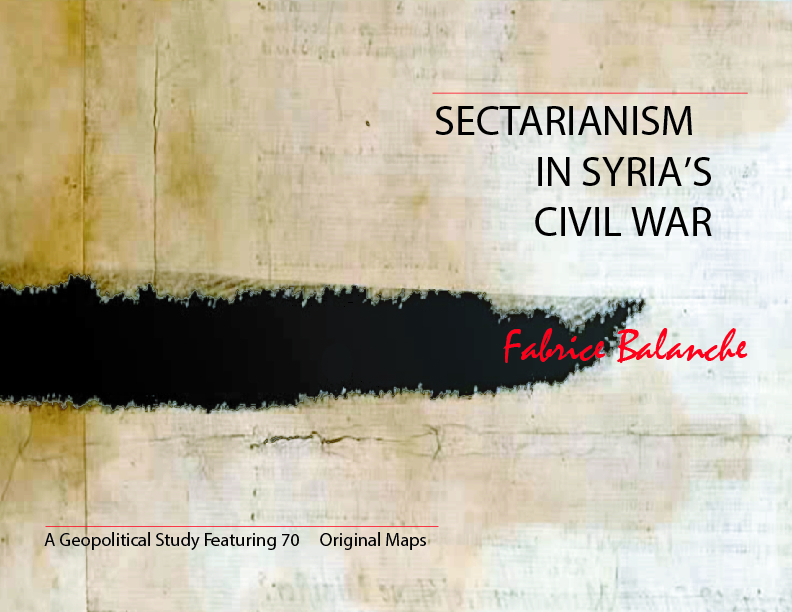
Syria’s sectarian fragmentation was not created when the war began in 2011; its genesis lies in an inherited Ottoman millet system accentuated by the “divide to reign” policies of Hafiz al-Assad. The war has compelled Syrians to cling to their sectarian identities more tightly, whether out of socioeconomic self-interest or simply to survive. Examining these identities is thus crucial to answering the most fundamental questions about the ongoing upheaval. In many ways, the Syrian conflict has been taken out of the hands of Syrians themselves, becoming a proxy war between regional and international forces that often exploit the country’s divided society for their own benefit.
This study, illustrated with 70 original maps and graphics, fosters a deeper understanding of the role sectarianism has played in Syria’s war and reassesses the notion that the regime’s divisive efforts singlehandedly transformed the secular and democratic revolution of 2011 into the brutal sectarian conflict of today.
Watch a webcast of the author discussing
THE AUTHOR
Fabrice Balanche, an associate professor and research director at the University of Lyon 2, is an adjunct fellow at The Washington Institute. Balanche, who also directs the Research Group on the Mediterranean and the Middle East (GREMMO), has spent ten years in Lebanon and Syria, his main areas of study, since first engaging in fieldwork in the region in 1990. Today, he is frequently called upon as an expert consultant on Middle East development issues and the Syrian crisis. His publications include Syria and Lebanon: Sectarianism and power (2022) Geopolitics of the Middle East (2014, in French), Atlas of the Arab Near East (2012, in French and Arabic), and the book version of his thesis, The Alawite Region and Syrian Power (2006, in French). Balanche holds a doctorate in geography from the University of Tours (2000).
Featuring 70 maps by the author and Mary Kalbach Horan.


